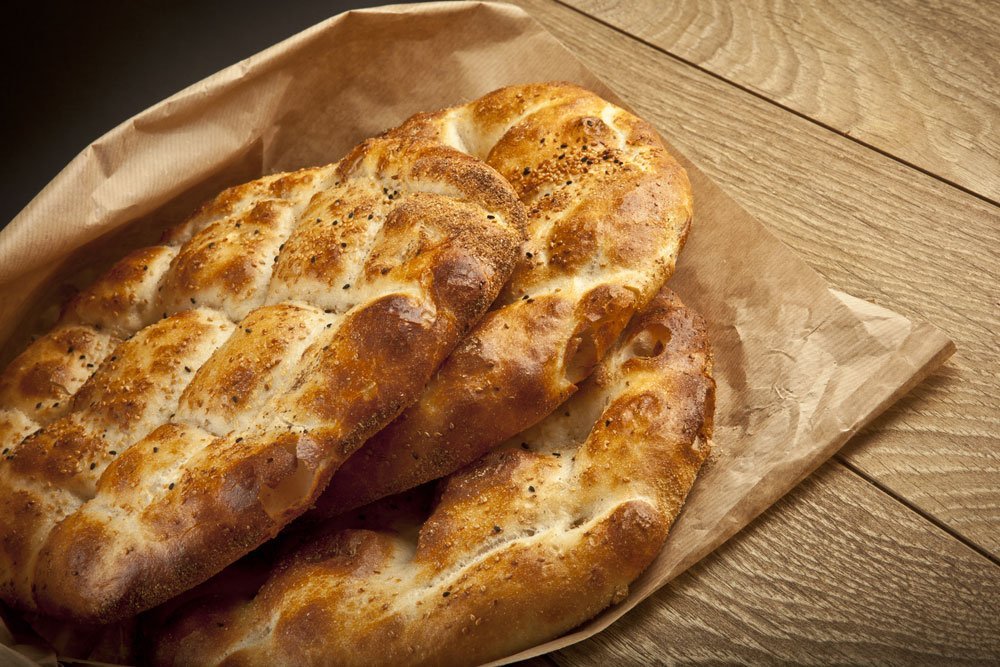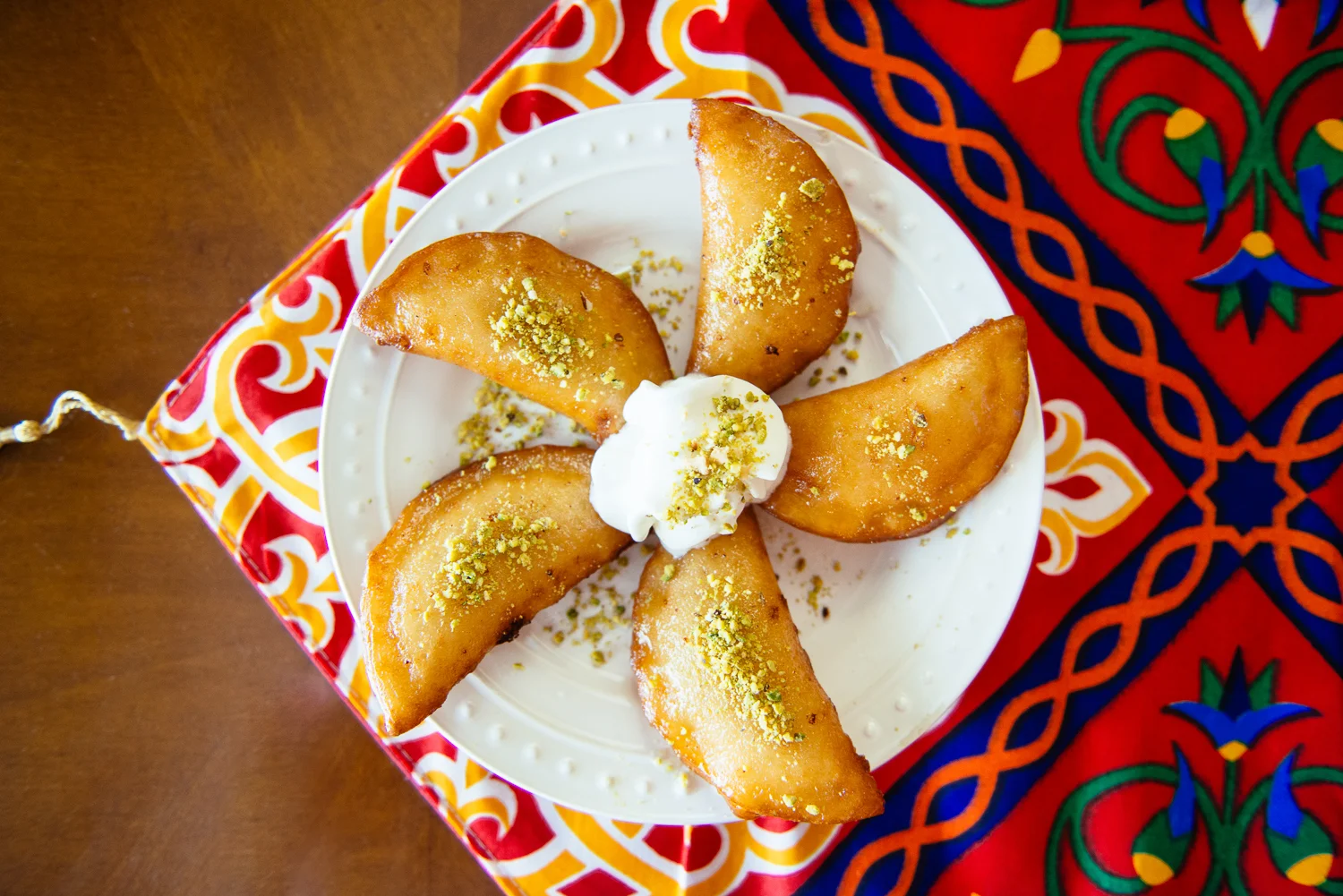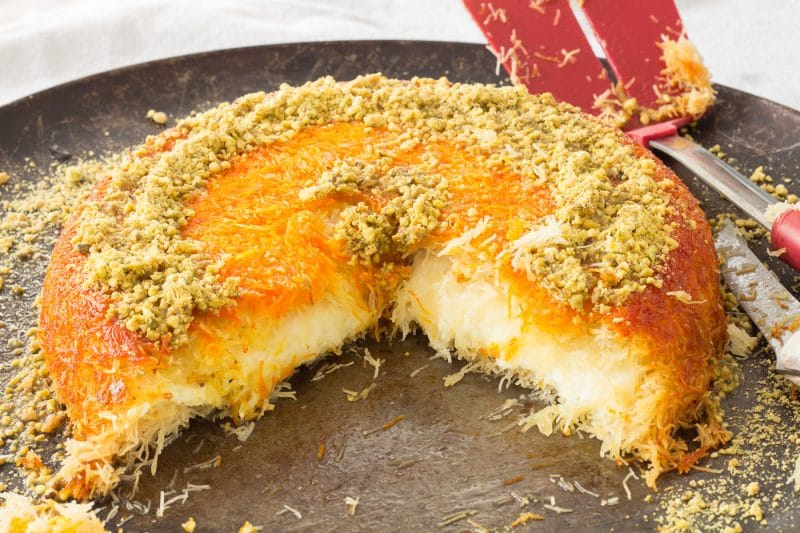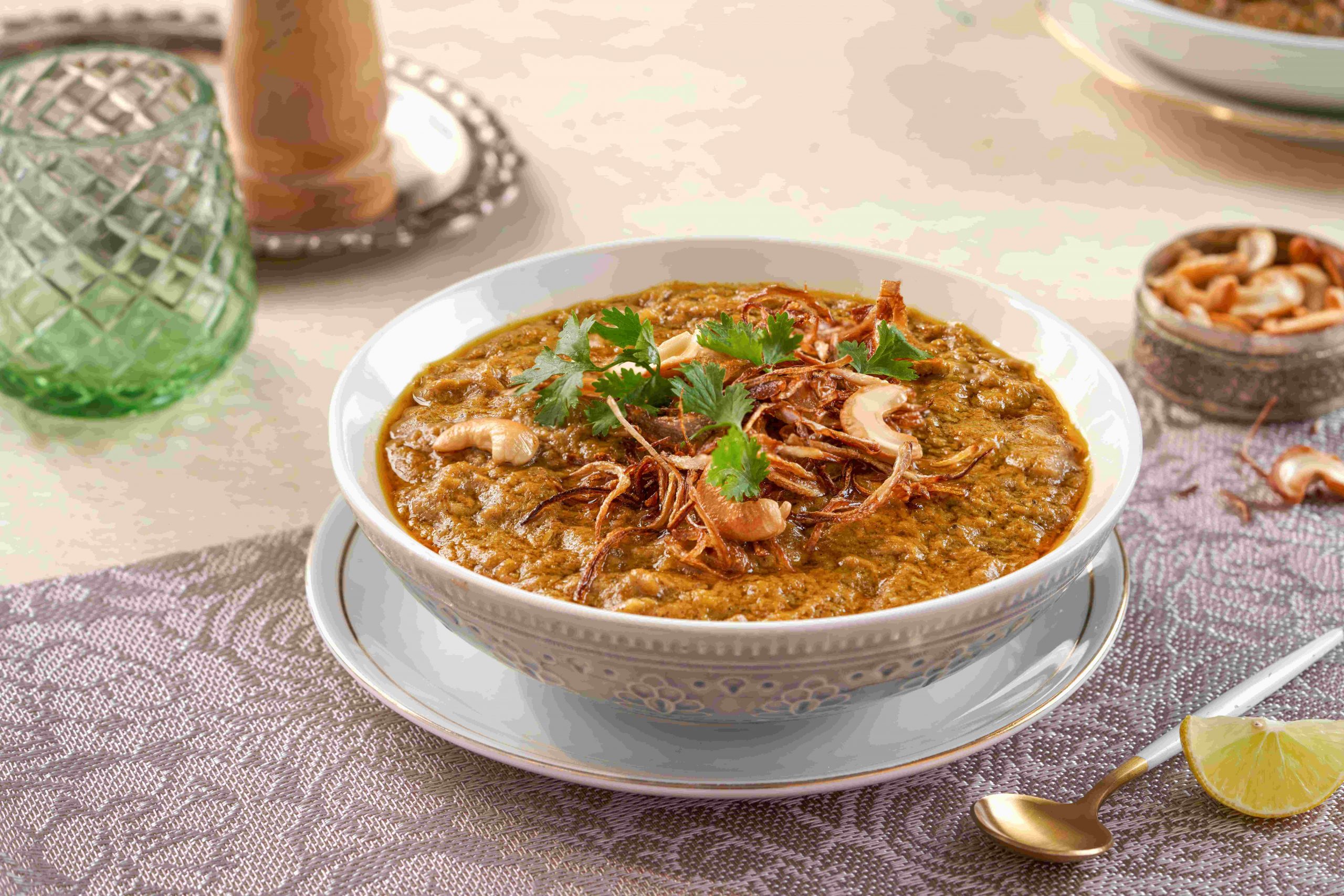Ramadan is a revered period, embodying deep spiritual significance for Muslims worldwide, observed through fasting, prayer, and reflection from sunrise to sunset. This holy month is anchored in the pillars of Islam, emphasizing prayer, giving, fasting, and a profound commitment to Allah, alongside fostering empathy towards the less fortunate. The tradition of Iftar, the meal that concludes the day's fast, brings to the table not just nourishment but a feast that celebrates community, respect, and the rich tapestry of cultural traditions across the Muslim world.
At the heart of the Ramadan feast are traditional dishes that vary from region to region, each bearing unique flavors and stories of heritage where every bite reflects respect and joy towards this sacred time. From the simple act of breaking the fast with dates to savoring sumptuous family meals, these culinary traditions extend beyond sustenance, serving as a bridge to greater understanding and connection among those observing the fast. Highlighted in this article are the top dishes relished during Ramadan, offering a glimpse into the diversity and spirit of the Ramadan feast, further enriched by gatherings at the grocery store in anticipation and the health benefits tied to the practice of fasting.
Dates: The Traditional Way to Break the Fast
Following the religious teachings of Prophet Muhammad, dates are traditionally the first food consumed to break the fast during Ramadan, signifying their importance in this holy month. This practice is embraced by Muslims globally, including Moroccan Muslims, where dates not only serve as a spiritual symbol but also as a nutritional powerhouse. Rich in sugar, fiber, minerals, and vitamins, dates provide an immediate energy boost and help stabilize blood glucose levels after a day of fasting, making them an ideal choice for iftar.
- Nutritional Benefits:
- High in essential nutrients such as potassium, magnesium, iron, and vitamins B1, B2, B3, and B6, supporting carbohydrate metabolism and the nervous system.
- Rich in polyphenols, antioxidant compounds that combat inflammation.
- Recommended intake varies, with two to three dates for individuals with diabetes and a handful for others, highlighting their health benefits for all age groups.
Moroccan cuisine showcases the versatility of dates through dishes like Moroccan Stuffed Dates and Lamb or Beef Tagine with Dates, blending traditional flavors with nutritional benefits. As a natural sweetener with a low glycemic index, dates offer a healthier alternative to refined sugars, further cementing their role in a balanced diet during Ramadan .
Ramazan Pidesi: The Fluffy Bread of Turkey

Ramazan Pidesi, a traditional Turkish flatbread, holds a special place in the hearts of many during Ramadan. Its origins can be traced back to the first cultivated wheat fields located in the region now known as the border area between Syria and Turkey, symbolizing the deep-rooted bread-making traditions of the Turks. This special version of Turkish bread, made specifically during Ramadan, is characterized by its shiny, golden crust and a soft but chewy crumb, making it distinct from regular pide.
- Key Ingredients and Preparation:
- Base Ingredients: Flour, yeast, sugar, milk, oil, water, egg yolk, yogurt.
- Toppings: A combination of sesame and nigella seeds for a flavorful crust.
- Preparation: The dough is first mixed with yeast, water, and sugar, then combined with other ingredients and left to rise. It's shaped into round loaves, given an egg wash, and baked until golden brown.
The bread's flavor and texture are enhanced by a topping of sesame and nigella seeds, with an egg and fat-based mixture providing its tempting gloss. The shaping of the bread is crucial, aimed at retaining as much air in the dough as possible to achieve its signature fluffy texture. Ramazan Pidesi is not just a bread; it's a reflection of Turkey's rich culinary history, enjoyed during iftar and sahur meals, often accompanied by dishes like Mutabal and Mercimek Corbasi.
Qatayef: Sweet Stuffed Pancakes from Egypt

Qatayef, a traditional Middle Eastern dessert, shines as a Ramadan favorite, especially in Egypt. Its preparation involves a simple yet precise process:
- Batter Ingredients: Combine all-purpose flour, fine semolina, yeast, sugar, salt, and the aromatic orange blossom water. This blend promises a unique flavor profile characteristic of Qatayef.
- Resting Time: After mixing, the batter must rest for at least half an hour. This step is crucial for the yeast to activate, ensuring the pancakes are fluffy and light.
- Cooking Method: Pour the batter onto a hot griddle or skillet. Cook until the surface dries but only on one side, keeping the other side moist and tender, ready for filling.
For the fillings, there's a delightful variety:
- Sweet Fillings: Options include cheese or a rich mixture of nuts, allowing for a sweet or savory finish.
- Topping: A drizzle of simple syrup (Qater or Sheera) or honey adds the final touch of sweetness, enhancing the flavors.
Qatayef Asafiri, a smaller, cream-filled version garnished with pistachios, offers a lighter alternative, embodying the spirit of Egyptian Ramadan desserts. Whether opting for the nut-filled classic or the creamy Asafiri, Qatayef remains a cherished treat during the holy month, embodying the warmth and generosity of Ramadan gatherings.
Knafeh: A Cheese-Based Dessert from the Middle East

Knafeh, a Middle Eastern cheese-based delicacy, is renowned for its unique combination of textures and flavors, making it a beloved dessert during Ramadan. The base of this dessert is Kataifi dough, finely shredded phyllo dough, which is intricately mixed with melted butter and sugar syrup, laying the foundation for its distinct texture.
Cheese Mixture:
- Types of Cheese: A blend of Ricotta and Mozzarella, or Akkawi and fresh mozzarella for a more authentic taste. The Akkawi cheese is notably soaked in water to desalt it before use.
- Preparation: The cheese is evenly spread over the butter-soaked Kataifi dough in a baking tray, ready to be baked.
Baking and Garnishing:
- Oven Temperature: The dessert is baked at 350F for 40-50 minutes, ensuring the dough crisps up while the cheese melts perfectly.
- Garnish: Post-baking, Knafeh is elegantly flipped onto a serving platter, drizzled with homemade simple syrup (a blend of sugar, water, and lemon juice), and garnished with finely crushed pistachios for a decorative and flavorful finish.
This dessert not only stands out for its delectable taste but also for its presentation, serving as a centerpiece at many Ramadan gatherings. The Knafeh's warm, gooey texture contrasted with the crispiness of the Kataifi dough and the crunch of pistachios offers a culinary experience that is both rich and satisfying.
Haleem: A Slow-Cooked Delicacy of Pakistan

Haleem, a rich and hearty stew, is a testament to the culinary heritage of Pakistan, India, and Hyderabad, celebrated especially during Ramadan for its comforting warmth and nutritional value. This slow-cooked delicacy combines the wholesomeness of grains and lentils with the robust flavors of meat and spices, making it a sought-after dish during the holy month.
Ingredients and Preparation:
- Grains and Lentils: A nutritious mix of wheat, barley, lentils, and rice, soaked and cooked to a soft, mushy consistency.
- Meat: Beef is the preferred choice, cooked separately, shredded, and then added to the grains and lentils mixture.
- Spices and Tempering: Aromatic whole and ground spices, along with a tempering of oil, ginger, garlic, cumin seeds, and round button chilies, enrich the dish with layers of flavor.
Cooking Process:
- Combination: The grains, lentils, and shredded meat are slow-cooked together, allowing the flavors to meld beautifully.
- Consistency Adjustment: Yogurt is added to achieve the desired creamy texture, with the mixture stirred continuously to develop a signature sticky consistency.
- Garnishing: Fried onions, mint, ginger, green peppers, and a squeeze of fresh lemon juice add a refreshing contrast to the rich stew.
Traditionally served in large quantities to guests or distributed among neighbors, friends, and family, Haleem is not just a dish but a gesture of sharing and community during Ramadan. Its thick, creamy texture and high nutritional value, rich in protein and fiber, make it a fulfilling meal to break the fast.
Ramadan is beautiful with our loved ones
Ramadan's beauty is magnified when shared with loved ones, turning it into a period of communal spirituality and joy. Engaging in activities together strengthens bonds and enriches the experience:
Pre-Ramadan Preparations:
- Creating a paper chain to count down to Eid, decorating the house with moon and star lights, and setting spiritual goals together cultivate anticipation and a shared sense of purpose.
- Involving children in preparations, such as decorating and learning about Ramadan, fosters a sense of inclusion and teaches valuable lessons about faith and tradition.
Daily Rituals:
- Families find joy in breaking the fast together, reading the Quran, and engaging in nightly prayers, making each day of Ramadan a shared spiritual journey.
- Cooking and enjoying special Ramadan foods and drinks that are not usually had throughout the year turn iftar into a much-awaited daily feast.
Community and Charity:
- Sharing iftar with neighbors and engaging in charity work together not only fulfill spiritual obligations but also strengthen community bonds and instill a sense of empathy and generosity.
- The author's aim to pass on Ramadan traditions to her children, allowing them to make their own religious choices, underscores the importance of nurturing faith and respect for tradition in a familial setting.
These practices not only enhance the spiritual experience of Ramadan but also reinforce the values of empathy, charity, and family bonding.
FAQs
What are some of the traditional dishes enjoyed during Ramadan?
During the holy month of Ramadan, Muslims around the world savor a variety of traditional dishes. Some of these dishes include:
- Ramazan Pidesi from Türkiye
- Haleem from the Indian Subcontinent
- Qatayef from the Levant and Egypt
- Nisalda from Uzbekistan
- Chorba Frik from Algeria
- Samosas from the Middle East, Central, and South Asia
- Zoolbia from Iran
What is the name of the feast that occurs during Ramadan?
The feast during Ramadan includes two main meals: the pre-dawn meal known as suhur, and the nightly feast that breaks the fast, called iftar.
What are some common traditions observed during Ramadan?
Common Ramadan traditions involve visiting family and friends after iftar, attending the mosque for extended prayers, including the special Tarawih prayer (night prayer), in addition to the five daily prayers central to Islamic practice.
What are the three main meals consumed during Ramadan?
The three main meals during Ramadan are:
- Sahur, the pre-dawn meal consumed before Shubh time.
- A light snack at Maghrib time, which is just after sunset and marks the breaking of the fast.
- Dinner, which may be combined with the Maghrib snack for some individuals.







